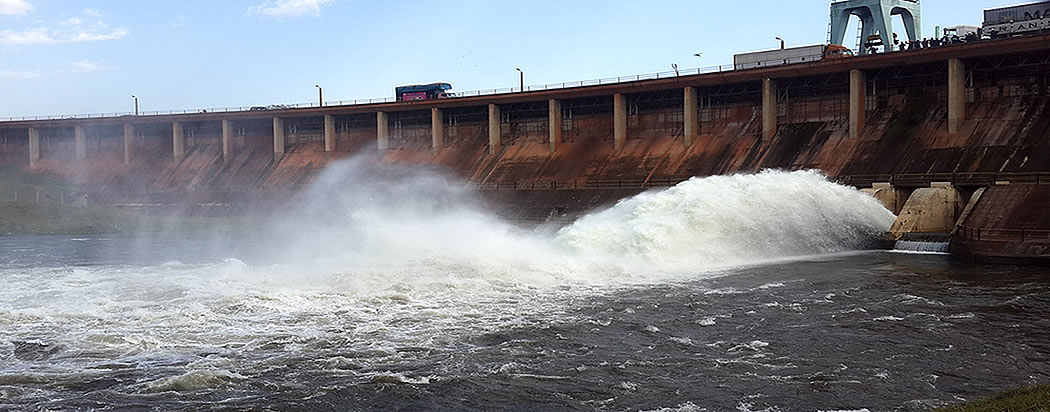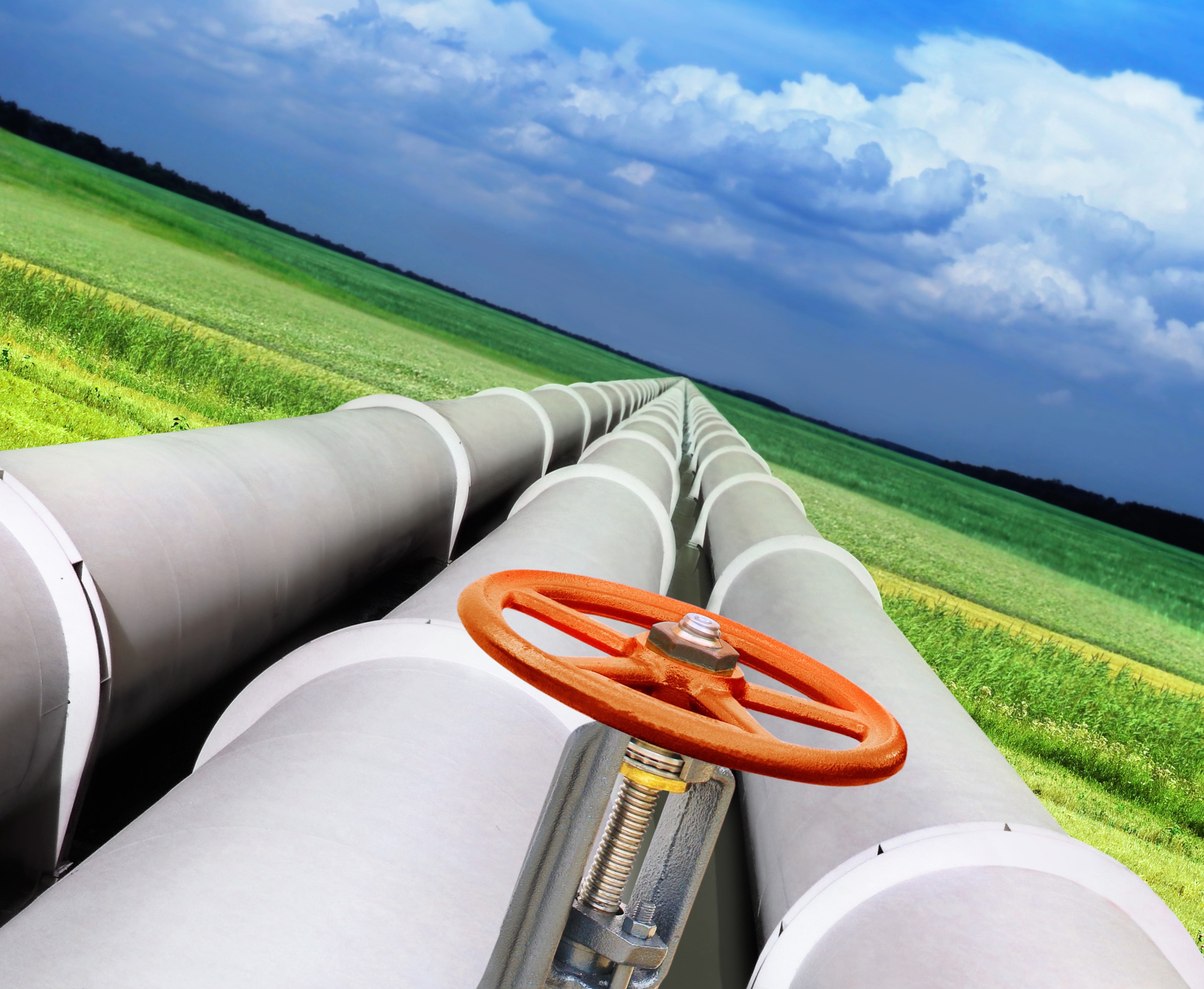Uganda will this year host a high profile international conference on water storage and hydropower development. Dubbed, Africa 2021, the conference and exhibition will take place at the Speke Resort Munyonyo from July 13-15. The organizers say the objective of the conference is to bring together experts from all parts of the world to focus on issues of specific interest for Africa, in the field of water storage and hydropower development.
The Infrastructure Magazine understands that the event is co-hosted by Aqua-Media International (publishers of the International Journal on Hydropower & Dams) and the International Commission on Large Dams (ICOLD) as the international partners – in collaboration with Uganda’s Ministry of Water & Environment, Uganda Electricity generation Company Ltd (UEGCL), National Water & Sewerage Corporation, as the local partners.
The conference is expected to attract high-level representatives of ministries and utilities, private development groups, consulting practices, international and regional development banks, contractors, and equipment suppliers.
Discussions will centre around core themes like civil engineering & dam construction, safety & cyber security, social & environmental concerns, multipurpose developments, rural electrification, training and capacity building in the sector among others. The experts will delve in issues of project identification and planning, progress through to financing, design, environmental protection, construction, operation, maintenance and refurbishment of dams, cross-border collaboration for transboundary schemes, challenging sites and climate resilience.
Africa 2021 is the fourth of such events to take place on the continent. The first took place in Addis Ababa, Ethiopia, in 2013, under the auspices of the African Union. The second was held in Marrakech, Morocco in 2017 and the third, Africa 2019 in Windhoek, Namibia.
Notable participation in the previous events have come from NamPower, the Global Water Partnership, The World Bank, African Development Bank, and the African Union.
On its side lines, the conference will also host an exhibition at which leading consultants, contractors, equipment suppliers, professional associations, and other hydro specialists will showcase their products and services in the industry. Participants will also be treated to a study tour of Uganda’s key hydropower projects.
The highly appropriate conference will take place on the heels of the UN warning of the spectre of old power dams that will pose an impending global risk in the near future, when they outlive their lifespan and require decommissioning.
According to the Canada based UN University’s Institute for Water, Environment and Health, by 2050, most people on Earth will live downstream of tens of thousands of large dams built in the 20th century, many of them already operating at or beyond their design life.
The report, Ageing water infrastructure: An emerging global risk, says that “most of the 58,700 large dams worldwide were constructed between 1930 and 1970 with a design life of 50 to 100 years, adding that “…at 50 years, a large concrete dam would most probably begin to express signs of aging.”
The report identifies some of the signs of ageing in dams as increasing cases of dam failures, progressive increase in costs of dam repair and maintenance, increasing reservoir sedimentation, loss of a dam functionality and effectiveness.
It observes that “dams that are well designed, constructed and maintained can “easily” reach 100 years of service but predicts an increase in “decommissioning” — a phenomenon gaining pace in the US and Europe — as economic and practical limitations prevent ageing dams from being upgraded or if their original use is now obsolete.”
According to the report analysis, compared to other parts of the world, Africa has the least number of dams that are affected by age as most of the continent’s dams were built in the 1980s, 90s and 2000s. However, the few large dams in this category have potential to cause huge disruptions on the continent. These include Akosombo dam in Ghana, Kariba dam in Zambia/Zimbabwe and Aswan dam in Egypt.
Uganda’s oldest dam – Nalubaale Power station (previously Owen Falls Dam) – was constructed in the early 1950s and commissioned in 1954, which makes it 67 years old. Its design lifespan was 50 years. Over the years several renovations and face-lifting works have been done. However, engineers have notably observed cracks on its structures in recent times.
The report argues that Climate change will accelerate the dam ageing process.
Vladimir Smakhtin, Director of UNU-INWEH and co-author of the report says: “This report aims to attract global attention to the creeping issue of ageing water storage infrastructure and stimulate international efforts to deal with this emerging, rising water risk.”
“Underlined is the fact that the rising frequency and severity of flooding and other extreme environmental events can overwhelm a dam’s design limits and accelerate a dam’s ageing process. Decisions about decommissioning, therefore, need to be taken in the context of a changing climate.”
According to the report, the world is unlikely to witness another large dam building revolution as in the mid-20th century, but dams constructed then will inevitably be showing their age.
The report notes that China has 23,841 large dams (40 per cent of the world’s total). And 32,716 large dams (55 per cent of the world’s total) are found in just four Asian countries: China, India, Japan, and the Republic of Korea — a majority of which will reach the 50-year threshold relatively soon. The same is true of many large dams in Africa, South America, and Eastern Europe.
The pace of large dam construction has dropped dramatically in the last four decades and continues to decline in part because “the best locations for such dams globally have been progressively diminishing as nearly 50 per cent of global river volume is already fragmented or regulated by dams,” the report says.
Public safety, escalating maintenance costs, reservoir sedimentation, and restoration of a natural river ecosystem are among the reasons driving dam decommissioning.













